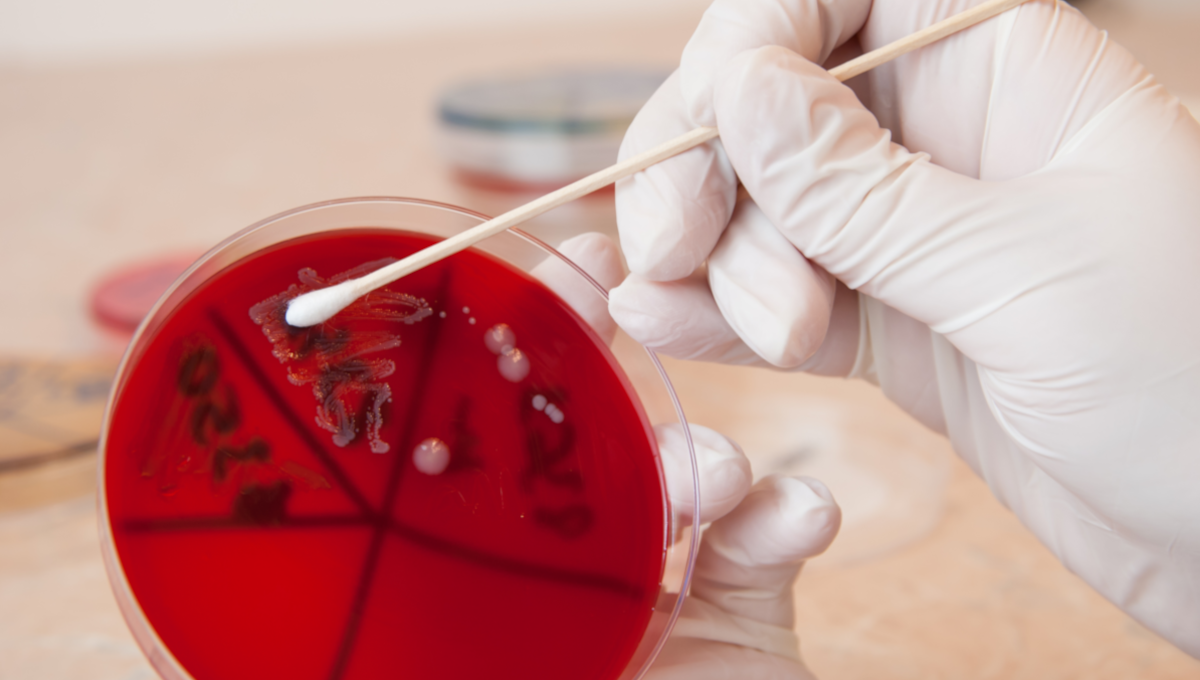A new study has identified poultry as the primary source of human Campylobacter infections in the United States, and there are significant concerns about increasing antibiotic resistance. Researchers from the Ineos Oxford Institute for Antimicrobial Research, using machine learning techniques and data from U.S.
national surveillance, have found that 68 percent of Campylobacter cases between 2009 and 2019 originated from contaminated poultry. The findings were published in the Journal of Infection . Campylobacter causes infections in the intestines of birds and mammals, often transmitted through undercooked meat or contaminated food.
The study highlights growing concerns about the rise of antibiotic resistance in bacteria found in the food chain, particularly in poultry, the most consumed meat in the U.S. Leveraging machine learning for source attribution The research used genomic data from 8,856 human Campylobacter infection samples and compared them to 16,703 genomes from potential animal sources, including poultry, cattle, wild birds and pork.
The study employed advanced machine learning techniques to identify genetic markers in the bacteria, allowing researchers to trace the likely origins of the infections. The study found that poultry was the leading source of Campylobacter infections, accounting for 68 percent of cases. Cattle were the second-largest contributor at 28 percent, while wild birds and pork played a much smaller role, contributing 3 percent and 1 percent of .


















